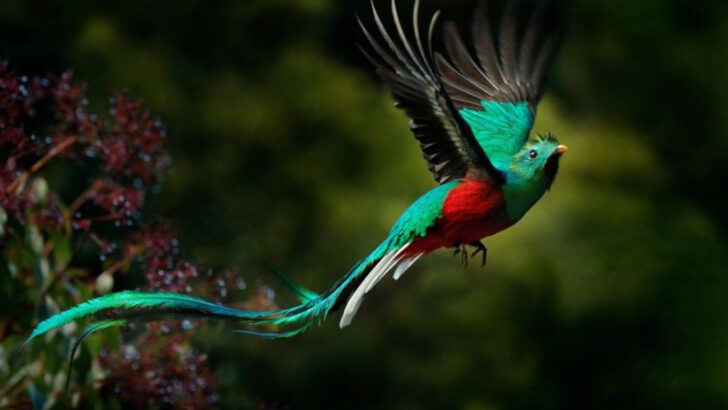Looking good can be deadly.
In the animal kingdom, beauty isn’t just admired—it’s a curse. From shimmering fur to dazzling scales, some creatures are so stunning that humans can’t resist turning them into trophies, fashion statements, or collector’s items. And for these animals, being gorgeous often comes with a price: a target on their backs.
Whether it’s birds with hypnotic feathers, mammals with luxurious coats, or sea creatures boasting rare shells, many species have been hunted to the brink—all in the name of vanity. Some have vanished completely, while others cling to survival, their numbers dwindling as demand rises.
Who are these victims of beauty? And what’s being done to save them? Let’s dive into the tragic fate of 18 animals whose looks are both their gift and their downfall.
Peacock
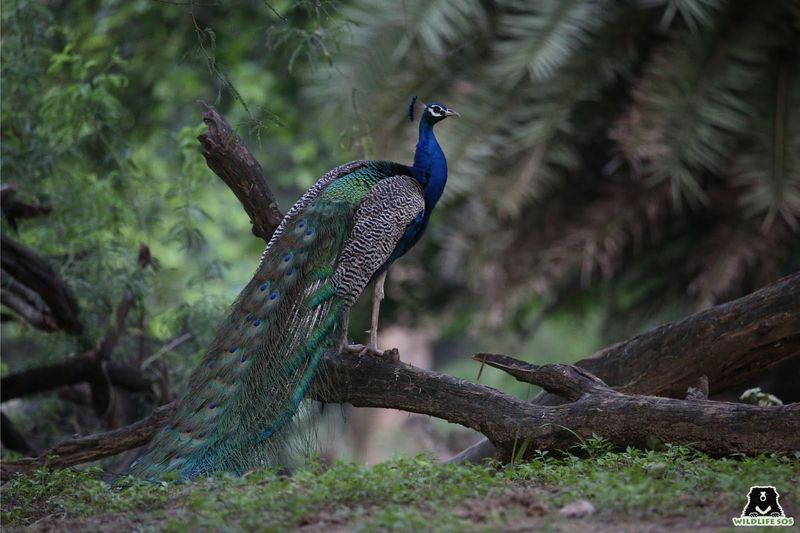
Peacocks, with their resplendent plumage, are often hunted for their feathers. These beautiful birds are native to South Asia and are best known for the male’s extravagant tail feathers, which they fan out in a stunning display. Unfortunately, this grandeur also makes them a target for poachers. The feathers are often used in decor and fashion, leading to a decline in their population. Conservation efforts are critical, aiming to educate communities about the ecological importance of these birds and the need to protect them. The majestic peacock deserves admiration in its natural habitat, not as a trophy.
Snow Leopard
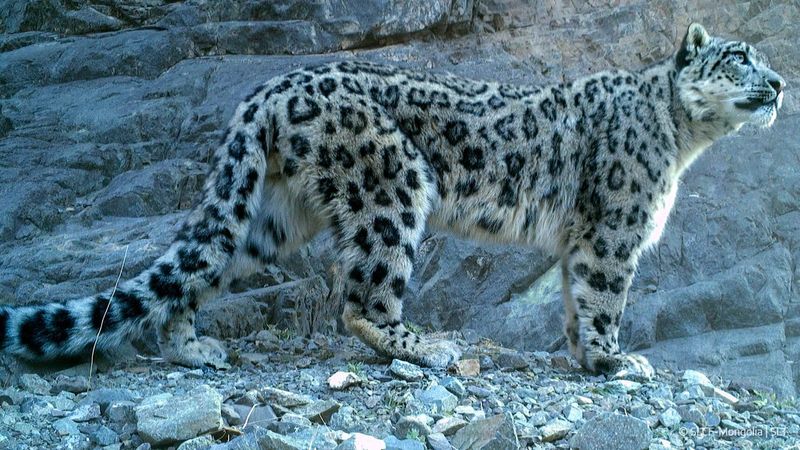
Snow leopards, often called the ‘ghosts of the mountains,’ are prized for their luxurious fur. Found in the snowy terrains of Central Asia, their thick, spotted coats keep them warm and unfortunately attract poachers. These elusive cats are hunted for their pelts, which fetch high prices on the black market. The loss of these stunning creatures affects the ecological balance of their habitat, where they play a crucial role as predators. Conservation programs aim to protect them through increased monitoring and anti-poaching measures. The snow leopard’s beauty should be cherished from afar, not draped as a mantle.
Elephant
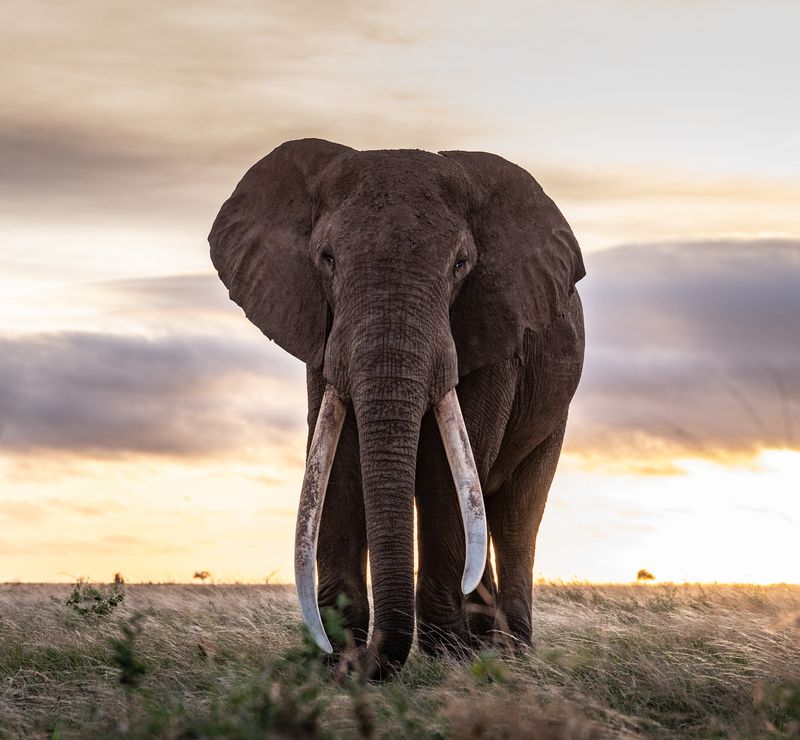
Elephants, magnificent creatures of the savannah and forest, are hunted for their ivory tusks. These tusks are highly valued, leading to a dramatic decline in elephant populations across Africa and parts of Asia. The loss of elephants disrupts their ecosystem, where they play a key role in maintaining biodiversity. Their tusks, once symbols of wisdom and power, now symbolize greed and destruction. Efforts to curb ivory trafficking involve stricter laws, international cooperation, and raising awareness about the importance of elephants. Protecting these giants is essential for maintaining ecological harmony and respecting nature’s grandeur.
Tiger
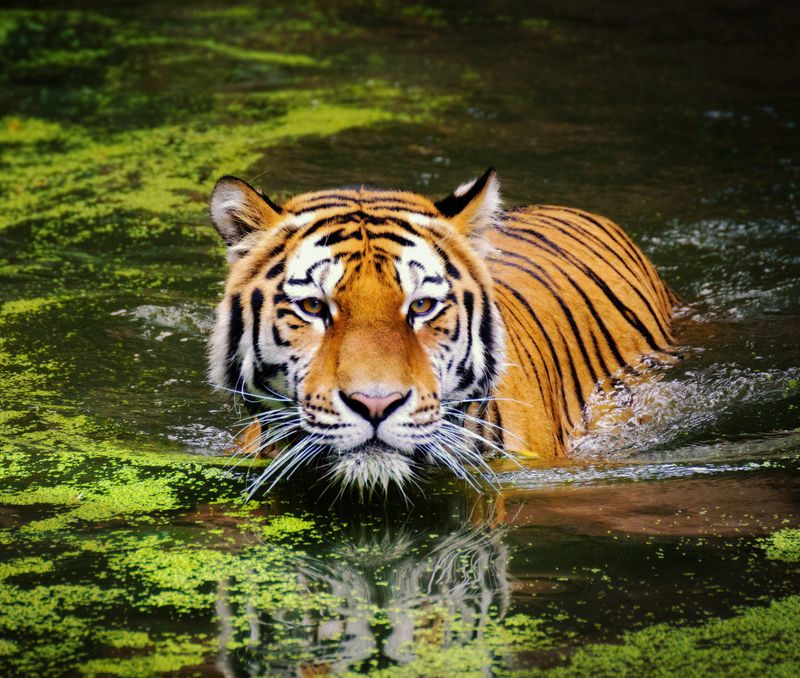
Tigers, with their striking stripes and powerful presence, are often hunted for their skins and body parts. Found primarily in Asia, these magnificent cats face threats from poaching and habitat loss. Their pelts are highly coveted, leading to illegal trade and a sharp decline in their population. Tigers are apex predators, crucial for maintaining the health of their ecosystem. Conservation efforts focus on habitat preservation, stricter anti-poaching laws, and community involvement to protect these regal animals. The tiger’s beauty is best celebrated in its wild habitat, not as a decorative item.
Rhinoceros
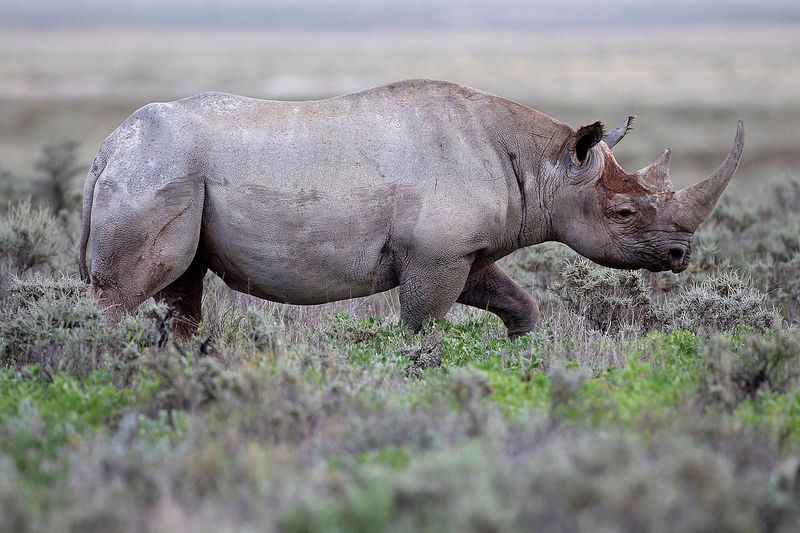
Rhinoceroses are targeted for their horns, which are erroneously believed to have medicinal properties. These ancient creatures roam the savannahs and forests of Africa and Asia, where they face severe threats from poaching. The demand for rhino horns has led to a critical decline in their numbers, pushing several species to the brink of extinction. Rhinos are essential for their ecosystems, helping to shape the landscape and support biodiversity. Conservationists are working tirelessly to protect them through anti-poaching initiatives and habitat restoration. The rhino’s formidable presence deserves protection, not exploitation.
Pangolin
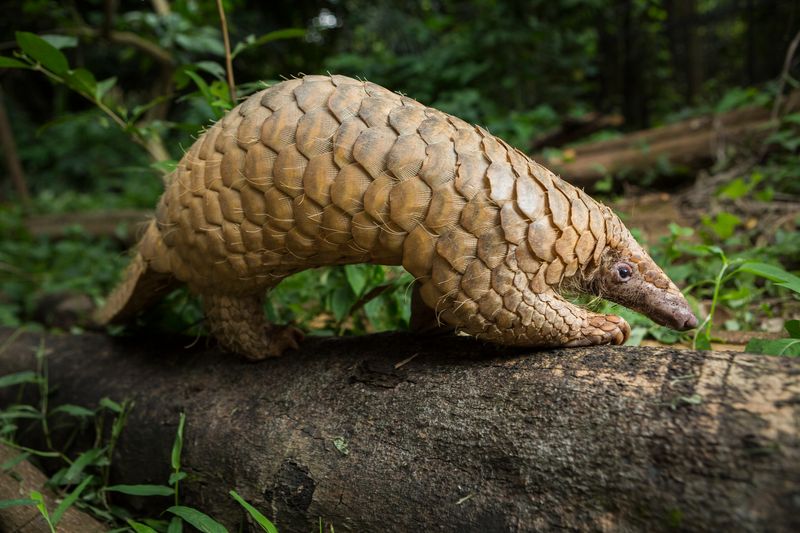
Pangolins, unique creatures covered in protective scales, are the most trafficked mammals in the world. Found in Asia and Africa, their scales are highly sought after for traditional medicine and jewelry. These shy animals play a vital role in their ecosystem by controlling insect populations. Unfortunately, the demand for their scales and meat has led to severe population declines. Conservationists are striving to save pangolins through awareness campaigns and stricter enforcement of wildlife laws. The pangolin’s beauty lies in its rarity and ecological importance, not in its commercial value.
Sea Turtle
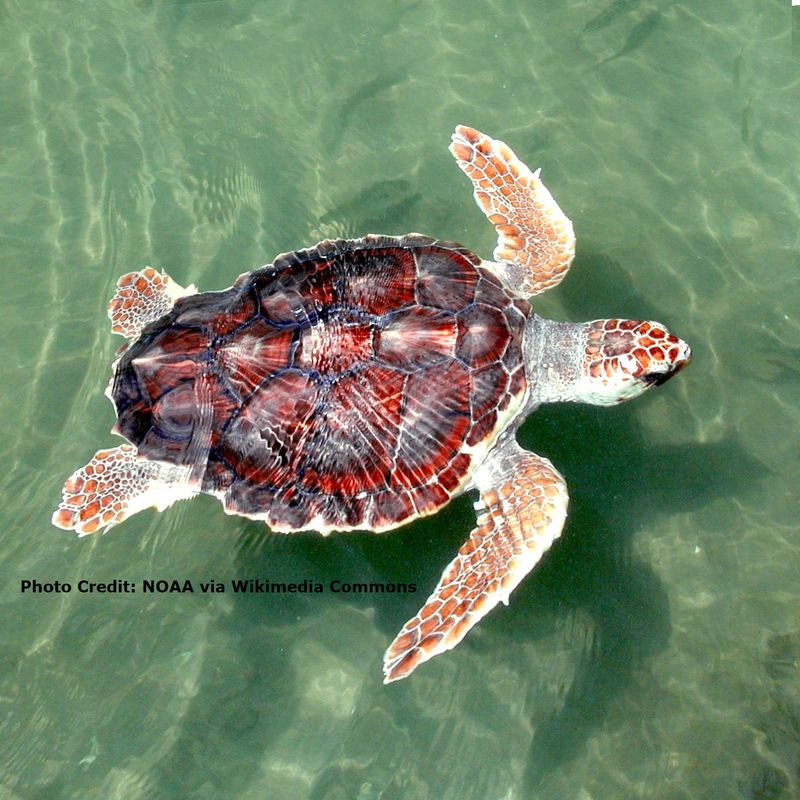
Sea turtles, ancient mariners of the ocean, are hunted for their shells and eggs. Found in tropical and subtropical waters, their shells are used to make jewelry and ornaments, threatening their survival. The loss of sea turtles disrupts marine ecosystems, where they play a crucial role in maintaining healthy seagrass beds and coral reefs. Conservation efforts focus on protecting nesting sites and reducing bycatch through fishing regulations. The beauty of sea turtles is best appreciated in their natural aquatic realm, not as souvenirs. Protecting these gentle giants is vital for ocean health.
Saiga Antelope
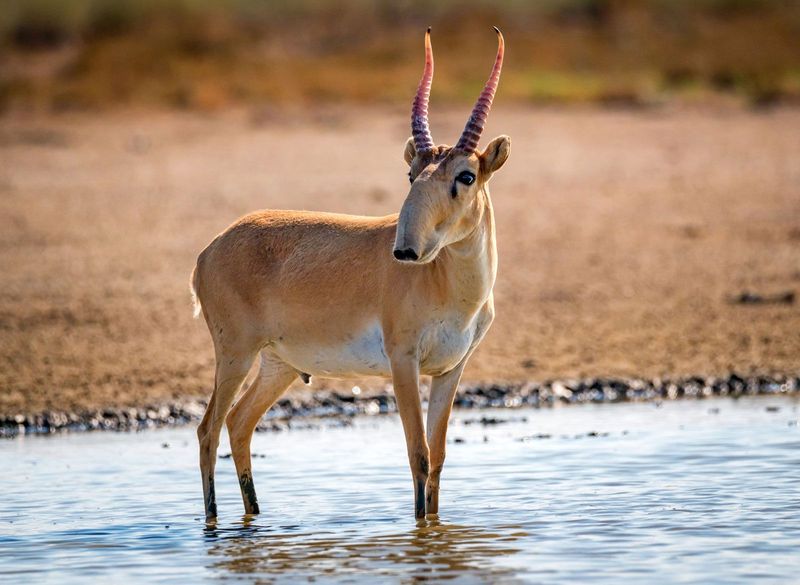
The saiga antelope, with its distinctive nose, is hunted for its horns, used in traditional medicine. Inhabiting the steppes of Central Asia, these antelopes face grave threats from poaching and habitat loss. Their unique appearance makes them a target, leading to a severe population decline. Saigas are vital for their ecosystems, influencing grassland dynamics and supporting biodiversity. Conservation initiatives aim to protect these animals through anti-poaching efforts and habitat conservation. The saiga’s unusual beauty and ecological role should inspire protection, not persecution.
African Grey Parrot
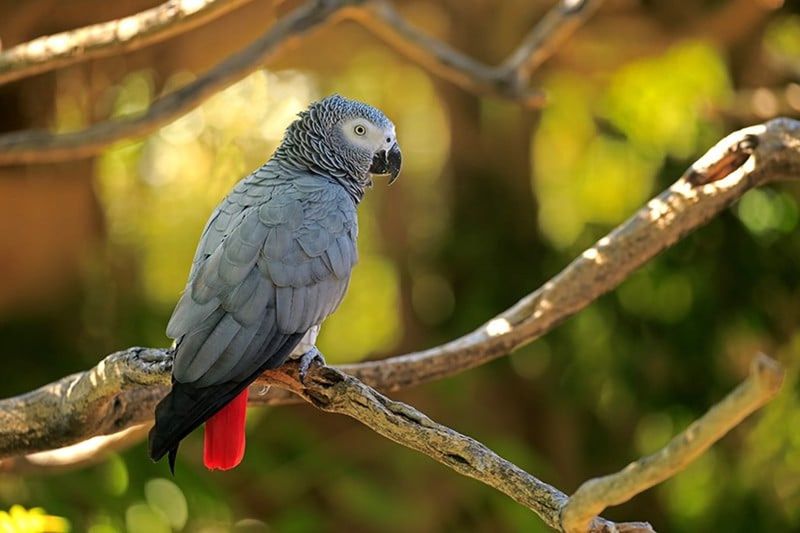
African grey parrots, known for their intelligence and striking grey plumage, are highly sought after as pets. Native to the rainforests of Africa, these birds are captured for the pet trade, leading to significant population declines. Their role in dispersing seeds and maintaining forest diversity is crucial. Despite their popularity as companions, capturing them from the wild threatens their survival. Conservationists advocate for stricter regulations and captive breeding programs to protect these intelligent birds. The African grey parrot’s charm is best enjoyed in its natural habitat, not confined in cages.
Blue Whale
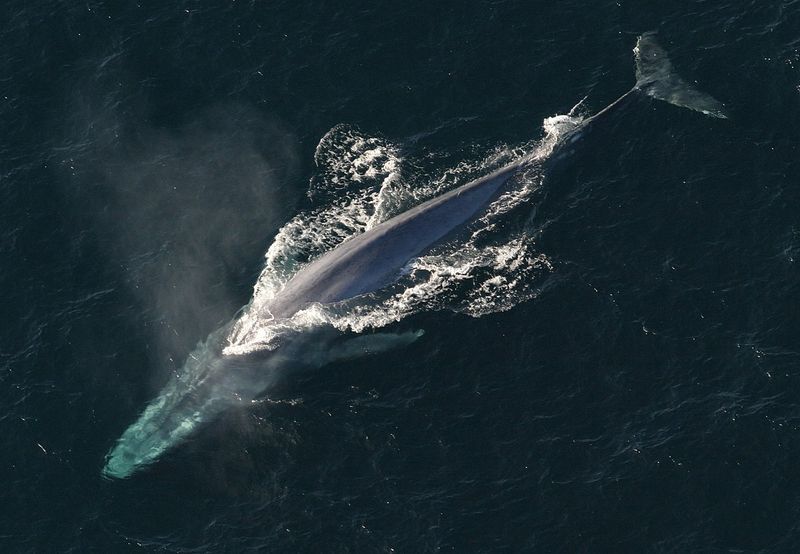
Blue whales, the largest animals on Earth, were hunted extensively for their blubber and baleen. Found in oceans worldwide, these gentle giants faced near extinction due to commercial whaling. Their decline had profound effects on marine ecosystems, where they play a key role in nutrient cycling. Conservation efforts have led to a slow recovery, emphasizing the importance of protecting these magnificent creatures. International bans on whaling and ongoing research are crucial for their continued survival. The blue whale’s grandeur should inspire awe and respect, not exploitation.
Orangutan
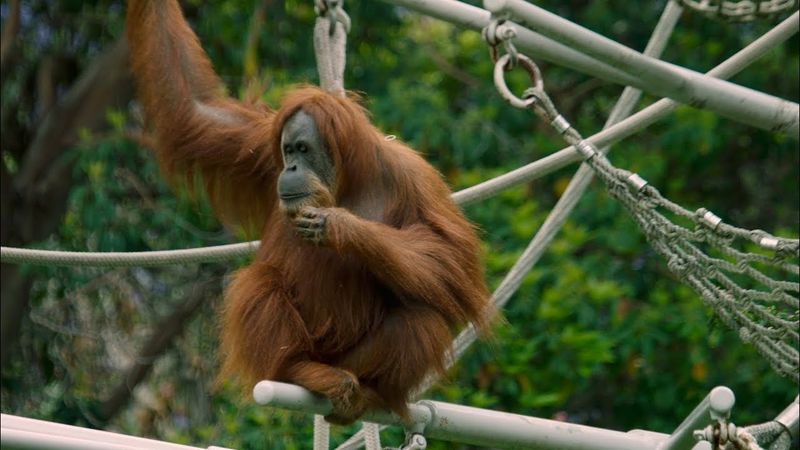
Orangutans, with their expressive faces and intelligence, are endangered due to habitat loss and hunting. Native to the rainforests of Borneo and Sumatra, these great apes are often targeted for the illegal pet trade and bushmeat. Their decline affects forest dynamics, where they play a role in seed dispersal. Conservation efforts focus on habitat protection and rehabilitation of rescued orangutans. Raising awareness about their plight is essential for their survival. The orangutan’s gentle nature and intelligence deserve admiration, not captivity.
Hawksbill Turtle
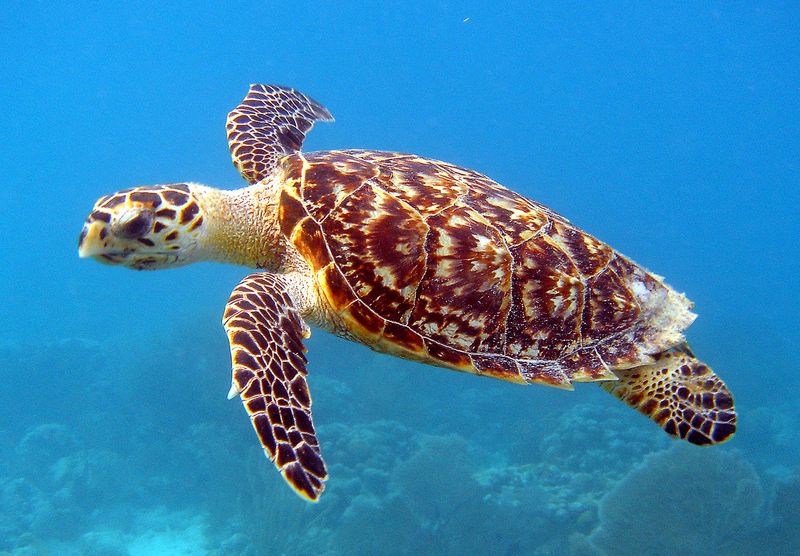
Hawksbill turtles, known for their beautiful shells, are critically endangered due to illegal trade. Found in tropical coral reefs, their shells are prized for decorative items, leading to severe population declines. These turtles are vital for maintaining coral reef health by controlling sponge populations. Conservation strategies focus on protecting nesting sites and reducing demand for their shells through education and legislation. The hawksbill’s striking beauty is a testament to nature’s artistry, deserving protection, not exploitation.
Walrus
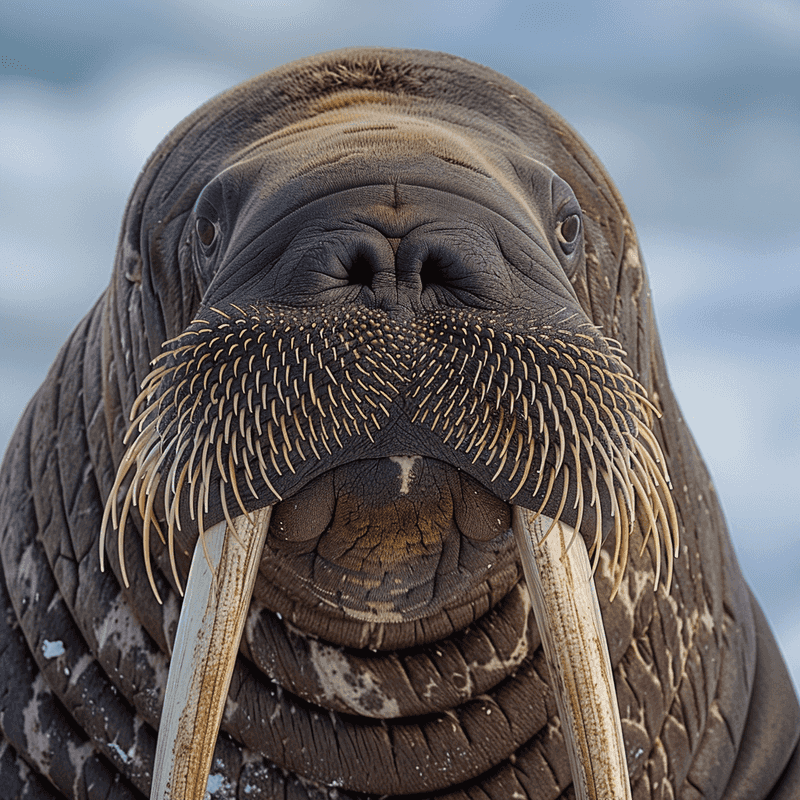
Walruses, with their iconic tusks, are hunted for ivory and meat. Inhabiting Arctic regions, these marine mammals are crucial for the ecosystem, influencing the seabed and supporting marine life. The demand for their tusks has led to increased hunting, threatening their populations. Conservation efforts are focused on sustainable management and monitoring of walrus populations. Protecting these magnificent creatures is vital for preserving Arctic biodiversity. The walrus’s presence is a reminder of the delicate balance in polar ecosystems.
Axolotl
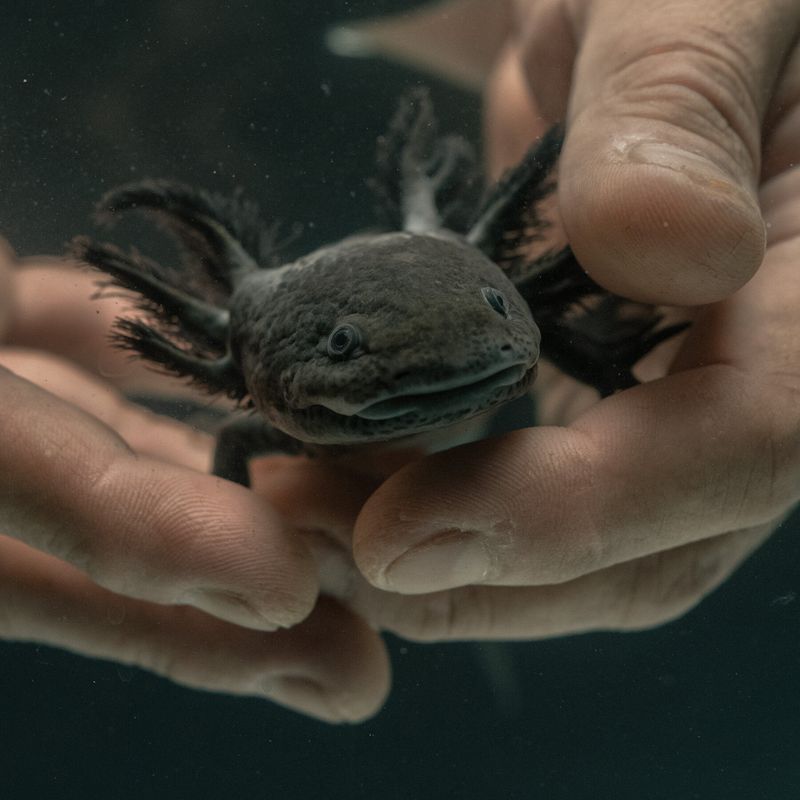
Axolotls, unique amphibians with their distinctive frilly gills, face threats from habitat loss and collection for the pet trade. Native to the lakes of Mexico, these fascinating creatures are known for their regenerative abilities. However, pollution and urbanization have severely impacted their habitat, leading to a decline in their numbers. Conservationists are working to protect axolotls through habitat restoration and captive breeding programs. Their quirky appearance and biological uniqueness should be celebrated in their natural environment, not exploited for commercial gain.
Polar Bear
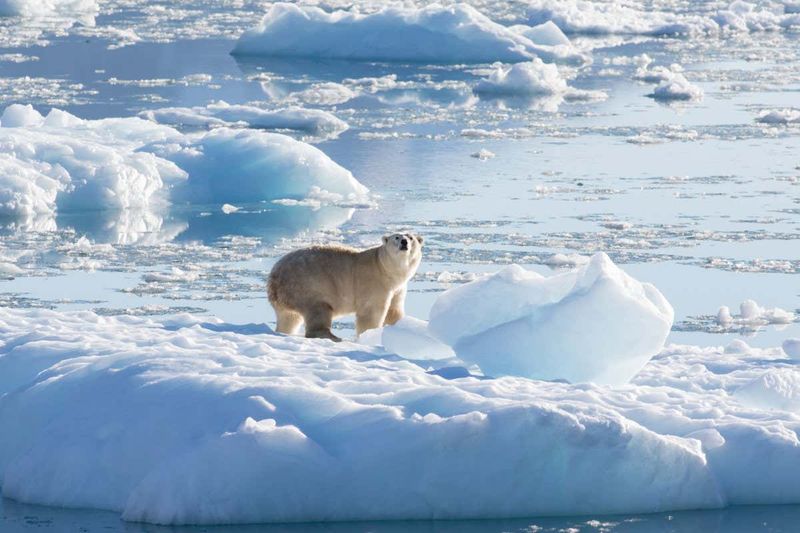
Polar bears, iconic symbols of the Arctic, are threatened by climate change and hunting. These majestic creatures rely on sea ice for hunting seals, their primary food source. As ice melts due to global warming, polar bears struggle to find food and are sometimes hunted for their fur and body parts. Their decline affects the Arctic ecosystem, where they play a role as apex predators. Conservation efforts focus on combatting climate change and protecting polar bear habitats. The polar bear’s majestic presence is a poignant reminder of the fragility of polar ecosystems.
Sumatran Elephant
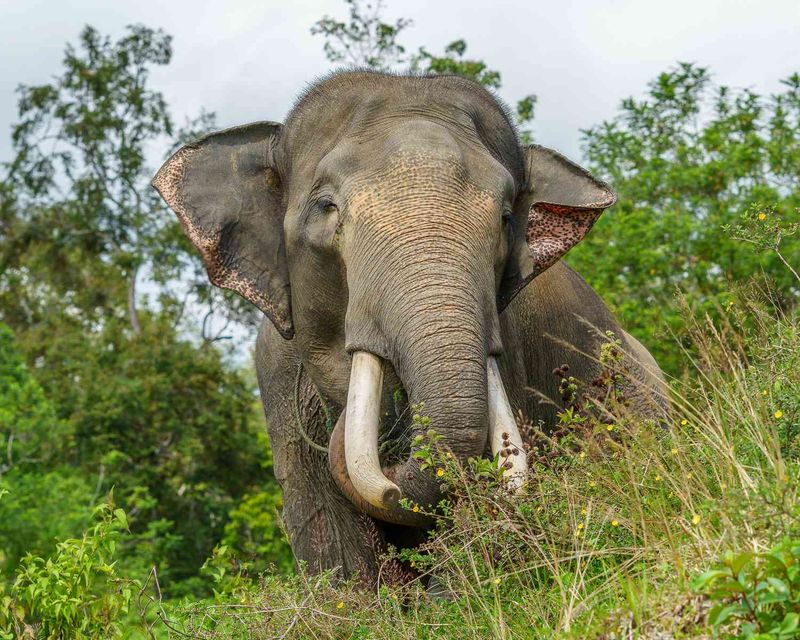
Sumatran elephants face threats from habitat loss and poaching for their ivory. Native to the island of Sumatra, these elephants are smaller than their African relatives and play a crucial role in forest ecology by dispersing seeds. Deforestation and illegal hunting have led to a dramatic decline in their population. Conservation efforts focus on habitat protection and anti-poaching initiatives. The survival of Sumatran elephants is critical for maintaining the biodiversity of their forest habitat. Their gentle nature and ecological importance deserve protection, not exploitation.
Quetzal
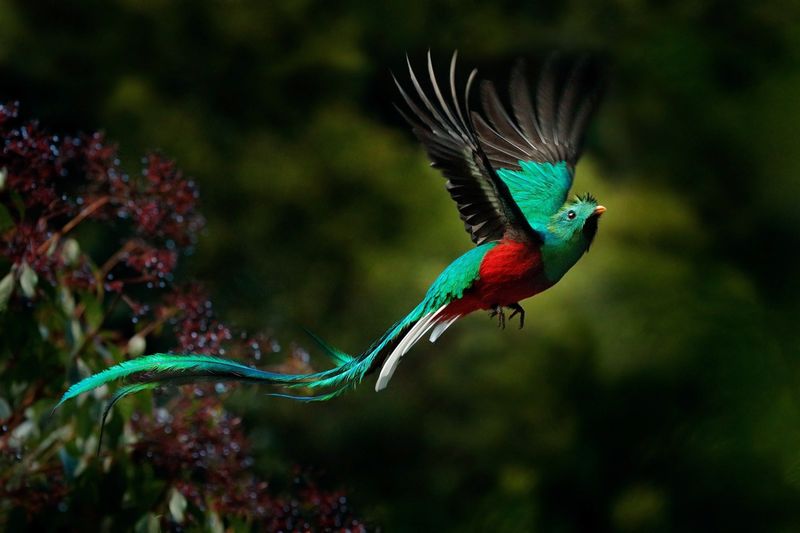
The resplendent quetzal is prized for its stunning plumage, with males boasting vibrant green and red feathers. Inhabiting the cloud forests of Central America, these birds are often captured for their feathers, leading to population declines. Quetzals play a vital role in their ecosystem as seed dispersers. Conservation efforts focus on habitat preservation and raising awareness about their ecological importance. The beauty of the quetzal should be cherished in its natural environment, not as a decorative item. Protecting these birds is essential for the health of their forest habitats.
Vicuna
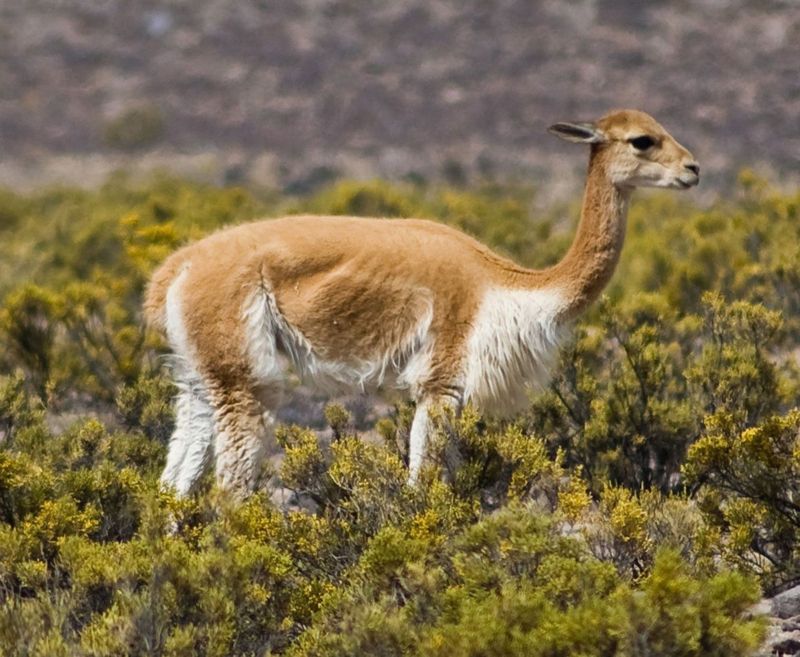
Vicunas, relatives of the llama, are hunted for their exceptionally fine wool. Found in the high Andes of South America, these graceful animals produce one of the most luxurious wools in the world. The high demand for vicuna wool has led to poaching and population declines. Vicunas play a role in their ecosystem by grazing on native grasses, which supports biodiversity. Conservation initiatives focus on sustainable management and shearing practices to protect vicuna populations. The vicuna’s elegance and ecological role should be appreciated without exploitation.

